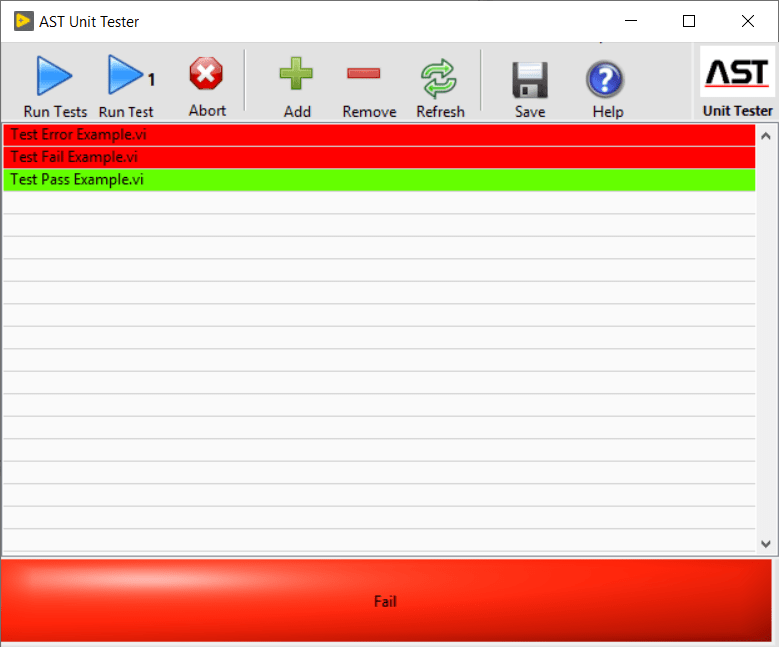
Unit Testing
A collection of 46 posts

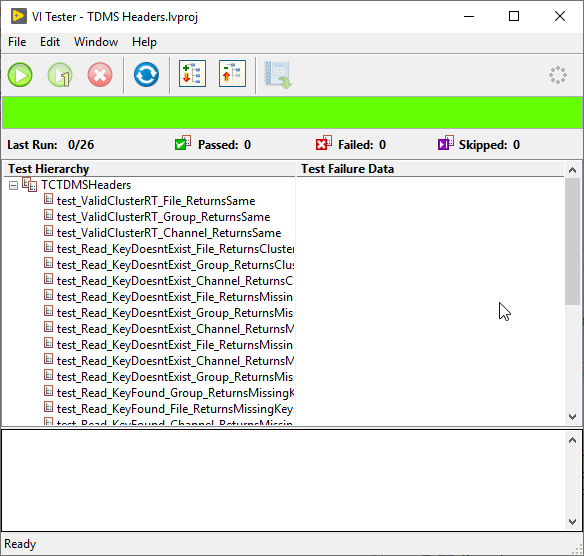
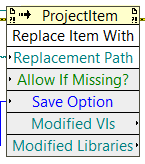
Reusing Tests for Built Code
As I have been doing more and more Unit Testing and Continuous Integration, I have often wondered about automating testing of built code. There are promising tools out there for testing built Win32 apps, such as WinAppDriver. There is also Selenium for testing webapps, so if you are into the
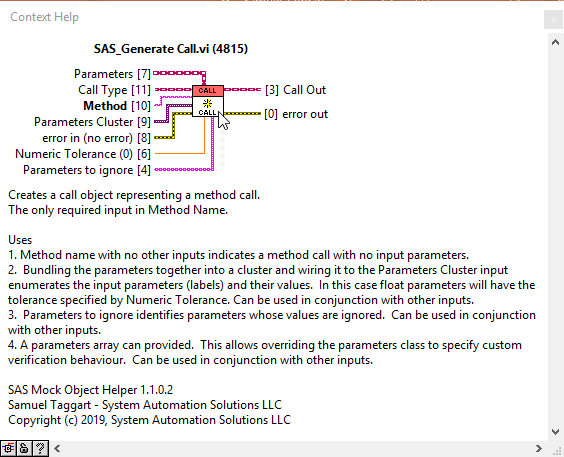
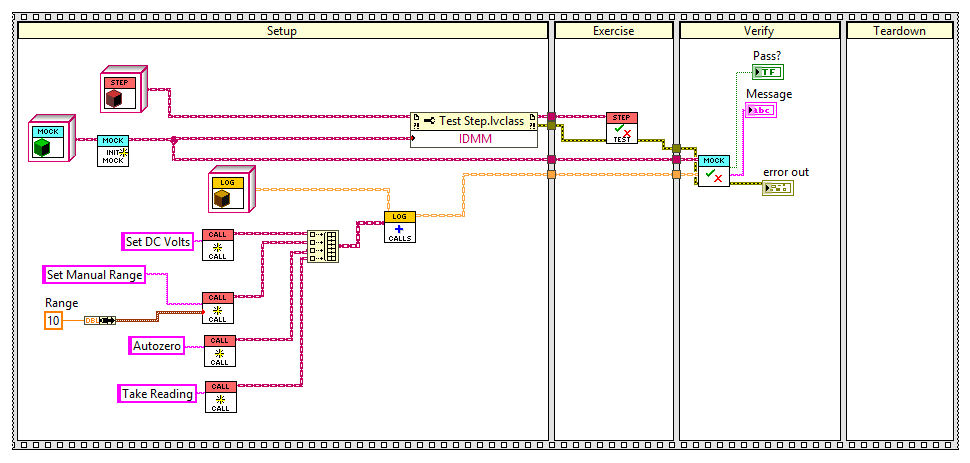
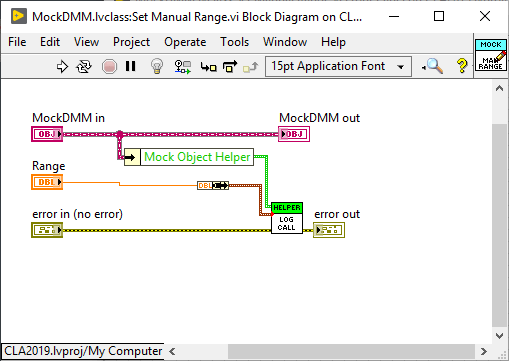
Creating Mocks in LabVIEW
In my last article, I introduced the concept of Mock Objects. The obvious next question is how do you implement them in LabVIEW? Many other languages either have builtin or readily available third party mock objects frameworks. LabVIEW does not. Until Now.
I’ve create some tools for class refactoring
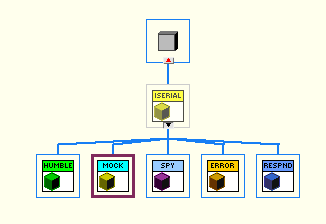
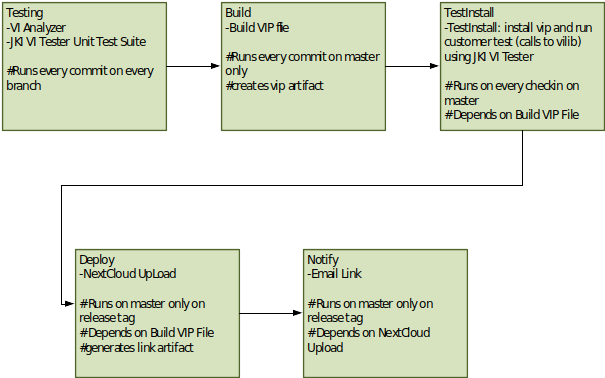
Continuous Integration and Unit Testing
If you saw my presentation at GDevCon 2, you’ll know that Test Driven Development is about more than just writing unit tests. It’s about the whole development process. However, after each development iteration, you do end up with a bunch of tests. Why not integrate them into your
LightWeight Doubles with SQLite
In a previous article, I mentioned that one reason to use a Test Double was to increase performance. One place where this is evident is in database access. Doubles can be very useful for database operations for the following reasons:
* Isolation from the production database – Isolate any changes you make
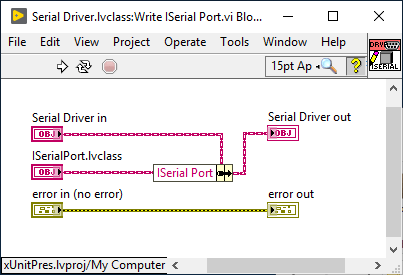
Test Doubles In Action
In the last post, I talked about Test Doubles and some various types that we can use and how to implement them. The next obvious question is how do we actually use them in our tests.
Dependency Injection
Understanding Test Doubles first requires understanding the concept of dependency injection. This

Intro to Test Doubles
It’s no secret that many Hollywood actors use stunt doubles. These are specialists that from the outside look and behave like the stars, but have unique talents. The actors do most of the heavy lifting in terms of acting, but for fight scenes, car chases, jumping off buildings, etc.
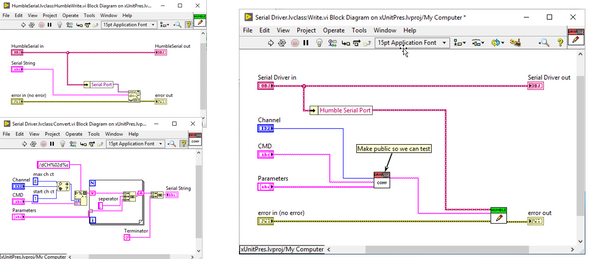
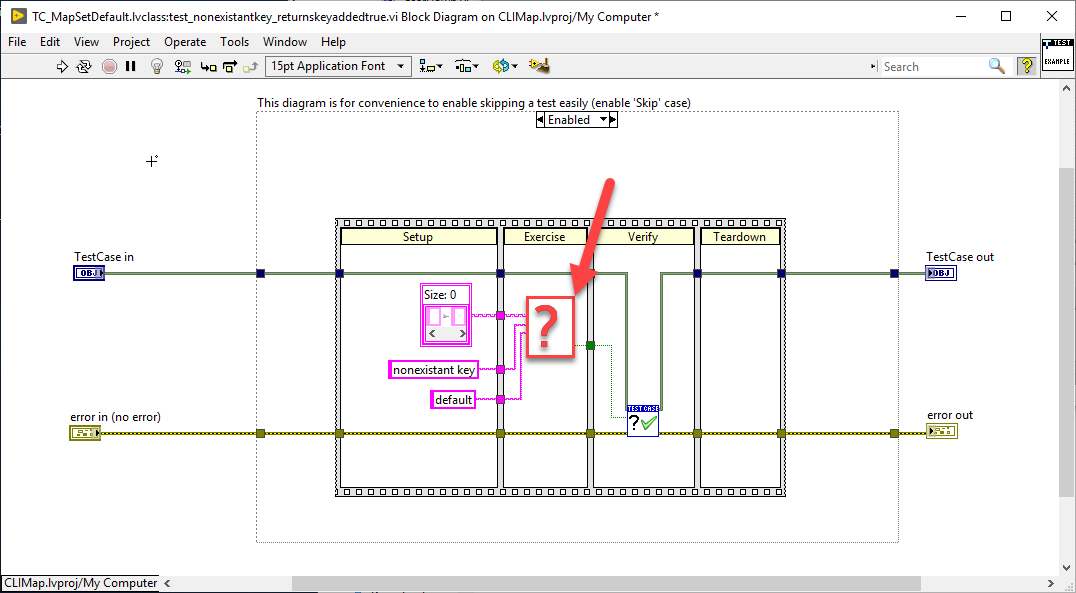
Unit Testing As An Aid For API Development
If you follow Test Driven Development (TDD) the first step is always to write your unit tests before you write your code. Well in LabVIEW that doesn’t work out quite so well because you need to have a subvi to drop into your test case.
That means that before

Unit Testing as Bug Repellant
Nobody likes bugs, whether they are mosquitoes, black flies, spiders, or software bugs. One mosquito bite is generally mildly annoying but tolerable. Similarly with software, if your customers find a bug, it usually results in mild annoyance. Of course, there are exceptions to both: some mosquito bites can be deadly
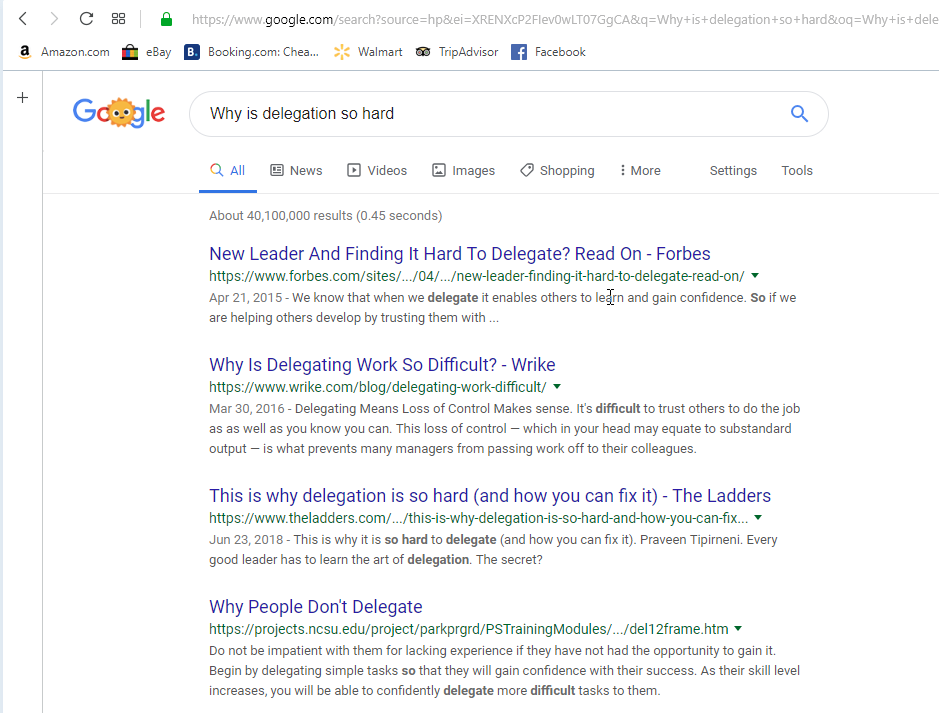
Unit Testing as a Delegation Tool
Delegation is hard. There are a variety of reasons, but there are two things I’ve heard quite often from customers, and they are related. They have trouble specifying and clearly communicating the exact requirements to the person they are delegating to. They also have trouble verifying that whatever code

Unit Testing as Documentation
Comments and documentation often lie. The only truth is the code.
Steve Watts commenting on Chris Stryker’s Clean Code presentation at NIWeek 2019
Now I don’t think Steve is accusing the developer who wrote the code or documentation of deliberately lying, but we’ve probably all encountered code


Six Easy Ways To Earn Technical Interest
Steve Watts recently made a excellent blogpost about Technical Accounting. If you don’t follow Steve’s blog you definitely should. In this particular article, he coined the terms Technical Debt, Technical Investments, Technical Assets, and Technical Tax. Steve’s talk of Technical Investments, got me thinking about Technical Interest.